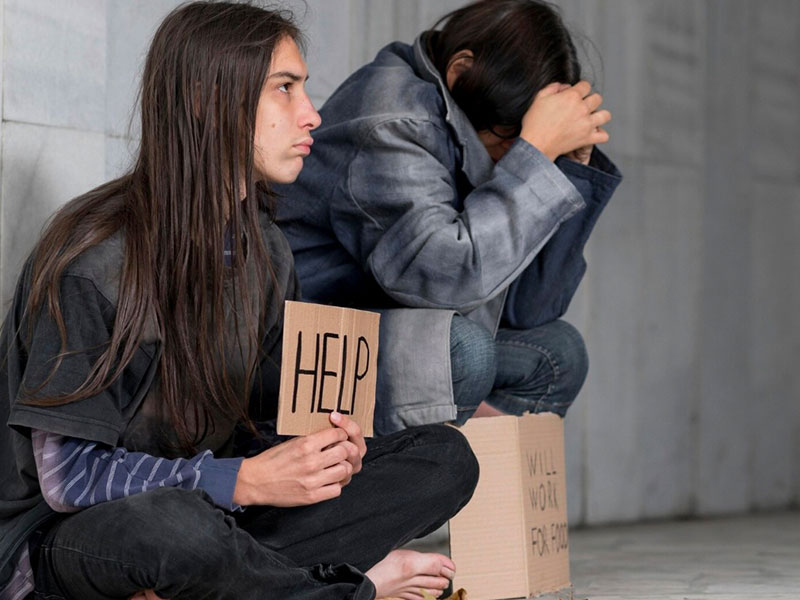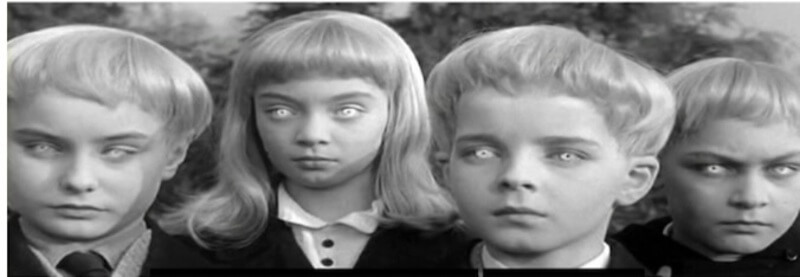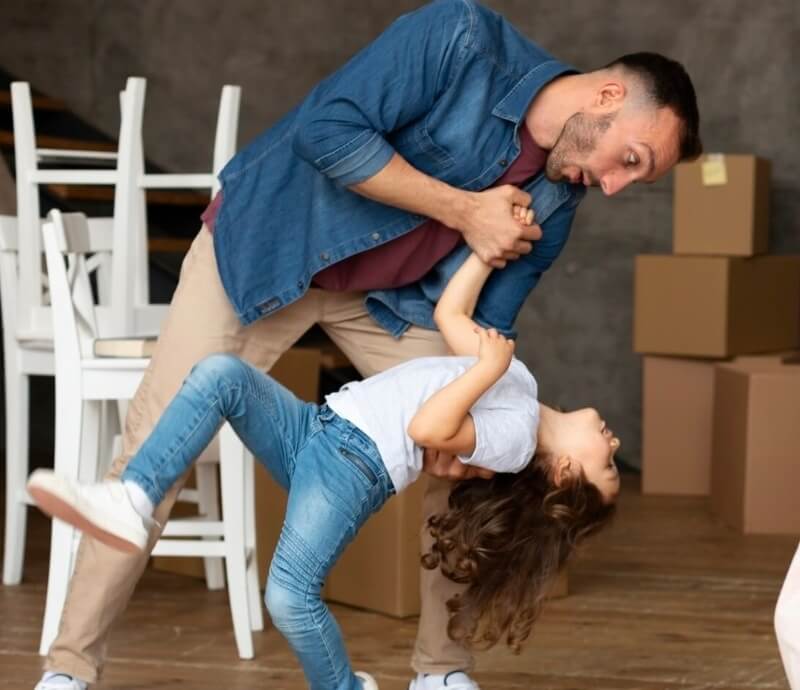Reunification therapy is a form of family therapy that is widely relied upon by Courts to remedy the child abuse that occurs in parental alienation cases.
Here you will learn the criteria by which to judge a successful reunification intervention.
What is Reunification Therapy?
Reunification therapy is a specialized form of family therapy designed to heal a relationship between a child and an unjustifiably rejected parent.
Effective reunification therapists must possess the following specialized skills:
- A mental health license
- Strong foundation in family therapy
- Extensive education, training, and experience in alienation
- Ongoing continuing education in alienation
- Ongoing collaboration with recognized experts in alienation
- Knowledge of the Scientific Method to Make Clinical Findings
- Strong pattern recognition for alienated children & alienating parents
- Substantial knowledge of pathological enmeshment
- Substantial knowledge of borderline, narcissistic, and antisocial personality disorders
- Substantial knowledge of the Counterintuitive Issues in Alienation: Attention Non-Specialists
- Willingness, capability, and expertise to testify in Court about clinical findings and recommendations.

Without having acquired these highly specialized skills, a reunification therapist will invariably provide an ineffective and harmful intervention which exacerbates the child abuse.
FURTHER READING: How to Select an Expert in Parental Alienation
When Is Reunification Therapy Appropriate?
Reunification therapy is appropriate after the Court makes a finding of child abuse against the alienating parent. The abuse finding is based upon the alienating parent’s coercive manipulation of the child to unjustifiably reject the other parent.
Extreme coercion, which meets the criteria of domestic violence, is used to manipulate children to override their powerful instinct to have and need a parent.
The extreme child abuse occurring in alienation can be remedied only by highly specialized treatment provided in intensive reunification programs.

FURTHER READING: The Crucial Role of Intensive Reunification Therapy for Severely Alienated Children
Why Is Turning Points for Families Relied Upon by the Courts?
The Turning Points for Families (TPFF) intervention is relied upon by Courts because it is highly effective in remedying the child abuse occurring in severe parental alienation.
My Qualifications
I acquired the skills to help children and treat child abuse throughout my 50+ years of professional experience working with 5000 children and their families in a variety of settings.
I spent the first 24 years of my career helping and protecting 3000 children in New York’s Foster Care System. These children were found by the Court to have been abused and neglected by their parents.
These professional experiences prepared me to effectively help children and treat the child abuse occurring in parental alienation – psychological abuse, domestic violence, and domestic violence by proxy.

FURTHER READING: Alienating Behaviors – Domestic Violence Upon the Child
The Turning Points for Families Program
TPFF specializes in the intensive interventions required to effectively remedy severe parental alienation. These intensive interventions are not provided in traditional reunification therapy, which is not appropriate to treat severe cases of parental alienation.
During the TPFF intervention, alienated children live with their alienated parent and remain protectively separated – as per the Court order – from their alienating parent.
The protective separation prevents alienating parents from interfering with and sabotaging the therapy. Alienated children are further freed from the loyalty conflict and therefore do not fear reprisals by their alienating parent for their cooperation with the TPFF intervention.
The loyalty conflict is imposed by alienating parents upon their children. The loyalty conflict requires children to relinquish their love and need for their alienating parent as the price to pay for their alienating parent’s love and approval.
TPFF is designed to jump-start the reconnection between severely alienated children and their alienated parent. TPFF provides therapy for a minimum of 8 hours per day, every day for 4 consecutive days.
TPFF creates an environment in which alienated parents, children, and extended family reconnect with each other through corrective experiences – utilizing memorabilia of their prior loving relationship and through participation in child-appropriate activities.

TPFF maximizes use of the most effective antidote to alienation: Contact between the alienated child and alienated parent.
LEARN MORE: Turning Points for Families – Healing for Parental Alienation
When is Reunification Therapy Not Appropriate?
Traditional reunification therapy is not appropriate for severe parental alienation. When children are severely alienated, traditional reunification therapy is contraindicated – meaning forbidden.
Traditional reunification therapy is “therapy light” when compared to intensive reunification programs such as TPFF.
In traditional reunification therapy, alienated children remain in the care of their alienating parent. During this unfettered contact with their children, alienating parents intensify the alienation programming – thereby extending and exacerbating the child abuse.
Traditional reunification therapists overlook alienating parents’ purpose for intensifying the alienation programming, which is to counter any progress towards reunification that may be occurring in the therapy session.

What therapist can validly claim that the influence over children by their alienating parent for about 157 hours a week can be overcome by only a few hours of therapy per week?
When alienated children are allowed to remain in their alienating parent’s care during the intervention, alienated parents are deprived of necessary contact with their children – contact being the greatest antidote to the alienation.
Already disempowered alienated parents are further disempowered by traditional reunification therapists, who make no effort to maximize their contact with their children. It would surely be a powerful positive message for alienated children about their alienated parent if the reunification therapist made increased contact a treatment priority.
In traditional reunification therapy, treatment sessions typically last only an hour, which is far too short to accomplish anything meaningful. The length of time between therapy sessions is too long – generally a week or more. Should even minimal progress have occurred in a session, it cannot be sustained during the length of time between traditional reunification sessions.
Traditional reunification therapy relies primarily upon “talk therapy” to produce desired progress towards reunification. Corrective interactions and new experiences play a minimal role at best – if at all.
“Talk therapy” is not an effective intervention for alienated children. The programming in alienation is analogous to the brainwashing in a cult. What therapist believes it possible to talk severely programmed children out of their distorted and even delusional thinking and beliefs?
The treatment priority of traditional reunification therapists is focus on the alienated parent-child relationship. These therapists neglect the far more dysfunctional family relationship, which is the pathologically enmeshed relationship between the alienating parent and child.
The Outrage of Traditional Reunification Therapy
The great outrage with traditional reunification therapy is neglect of the child abuse being committed by alienating parents. Traditional reunification therapists do not hold alienating parents accountable to relinquish their abusive alienating behaviors.
Traditional reunification therapists violate the clinical axioms to “determine treatment priorities” and to “treat the underlying condition.”
The treatment priority in parental alienation is child protection.
Treatment for the underlying condition in parental alienation is the requirement for alienating parents to relinquish their alienating behaviors and to actively support their children’s relationship with their alienated parent.

Traditional reunification therapy is not merely ineffective in treating severe alienation – it exacerbates the alienation and thereby exacerbates the child abuse.
LEARN MORE: Why Traditional Therapy Fails in Severe Parental Alienation
How to Get Alienated Children to Reunification Therapy
There are two key factors enabling success in getting resistant alienated child to cooperate with reunification therapy. The first key is Court action. The most compelling Court action is its imposition and enforcement of the protective separation of alienated children from their alienating parent.
The protective separation accounts for why 179 children of the 185 children who had participated in the TPFF intervention traveled cooperatively to New York under the care of their alienated parent.
The protective separation affords alienated children relief from fear of their alienating parent’s reprisals should they cooperate with their alienated parent and the therapy.
The second key factor that enables alienated children’s cooperation is the child’s powerful instinct to have and need a parent. The instinct for a parent is among our strongest instincts for survival, so it is rarely overridden. This instinct explains why none of the 3000 adjudicated abused or neglected foster children with whom I had worked rejected their abusive parents.
Alienated children’s instinct for their alienated parent had not been extinguished by the alienation but only repressed. The protective separation allows alienated children to lift their repression and rekindle their love and need for their alienated parent.

FURTHER READING: Successful Reunification Therapy for Parental Alienation
How Long is the Protective Separation Period Between Alienating Parent and Child?
The length of the Court-ordered protective separation is typically 90 days but can be shortened under certain conditions.
Shortening the protective separation is dependent upon the alienating parent demonstrating a genuine readiness, willingness, and ability to support the alienated parent’s relationship with their children.
When alienating parents convey to their alienated children genuine support for the relationship with their alienated parent, these children flip like a light switch to eagerly welcome their alienated parent back in their lives.
Alienating parents therefore have the power to request the Court to lift the protective separation sooner than 90 days. What alienated parents need do for this to happen is cooperate with the Court’s direction to relinquish their alienating behaviors.
Should an alienating parent choose to delay or refuse compliance with the Court’s expectations of them, then the Court will likely extend the protective separation.
How Long Is Reunification Therapy?
The length of a successful reunification therapy varies based upon several factors. These factors include the skills and expertise of the reunification therapist, the severity of the alienation in the child, and the alienating parent’s compliance with the Court’s requirements of them.
At the end of the 4-day intensive phase of the TPFF intervention, virtually all of the 185 children who participated took meaningful steps towards reconnecting with their alienated parent. The few exceptions were caused by alienating parents who had violated the Court- ordered protective separation.
TPFF is designed to jump-start the reconnection of severely alienated children with their alienated parent. TPFF cannot solve all family problems in so short a period of time. Some of the unresolved problems have nothing to do with alienation. These problems are typical issues that commonly arise as children progress through their developmental stages.
Upon completion of the 4-day intensive phase, local therapists provide after-care family therapy. Its primary purpose is to deepen the reconnection. After-care family therapy usually proceeds on a weekly basis, one session per week.
After-care family therapy may last for a few months or a few years – again dependent upon the skills of the therapist, the severity of the alienation, and the cooperation of the alienating parent.

FURTHER READING: Determining Severity in Parental Alienation
Who Should Cover the Cost of the Reunification Therapy?
I recommend that payment for the reunification intervention be incurred by alienating parents.
Alienating parents caused the need for reunification therapy. Justice requires that alienating parents therefore incur the expense to remedy what they had caused.
The first treatment priority in alienation is to remedy the harm to children from the child abuse caused by their alienating parent. Alienating parents should therefore be responsible for the expense to remedy the harm to the child that they had caused.
Alienating parents have maliciously and unjustifiably severed or harmed the relationship between the alienated parent and their children. When alienated parents are required to incur reunification treatment expenses, doing exonerates alienating parents from having committed very bad behaviors. Requiring alienated parents to pay full or part of the therapy expenses penalizes the victimized party.

The Court, however, makes the decision regarding how reunification therapy will be paid.
Criteria for Judging Successful Reunification Therapy
Improvements in alienated children’s behaviors with their alienated parent and improvements in their cognitive & emotional functioning are the best criteria by which to judge the success of an intervention.
Mark Twain is credited with expressing, “Actions speak louder than words but not nearly as often.”
Behavior and emotional and cognitive functioning are objectively observable. They are therefore valid and reliable measures to assess a person’s clinical presentation.
These measures also permit assessment after a therapeutic intervention for improvement in the person’s clinical presentation. Improvement is judged when current measures are compared to the measures prior to initiation of therapy.
Evaluating alienated children’s positive changes in these measures are a reliable means by which to judge success of a reunification intervention.
Behaviors Prior to Reunification Therapy
Severely alienated children present as exceedingly over-empowered, manifesting a sense of unjustified and unreasonable entitlement. They do not know how to respect or abide by their proper place in the family hierarchy.

Many behaviors presented by severely alienated children meet the DSM-5-TR definition of “child or adolescent antisocial behavior.”
A significant risk to alienated children’s positive prognosis in life – if not remedied – is partaking in the antisocial and self-harming behaviors. These behaviors include:
- Failure to comply with their alienated parent’s Court-ordered parenting time, yet knowing that this is unlawful.
- Insistence that no judge can tell them what to do if they don’t want to do it.
- Making knowingly false child abuse and child sexual abuse allegations against their alienated parent.
- Maltreating, defying, and physically assaulting their alienated parent and extended family members.These behaviors were not present prior to the onset of the alienation.
- Refusing to express remorse for their offensive or antisocial behaviors.
- Justifying their lack of remorse by stating that their parent deserves to be maltreated and abused.
- Allowing their school performance to seriously deteriorate.
- Acting aggressively and defiantly when interacting with peers and authority figures. These behaviors that were not present prior to the alienation.
- Engaging in juvenile delinquent behaviors. These behaviors that were not present prior to the alienation.
- Engaging in impulsive and risky behaviors which include threatening or attempting suicide; cutting; repeated acts of unprotected sex; using drugs and alcohol; and other risky behaviors. These behaviors were not present prior to the onset of the alienation.

At TPFF, addressing alienated children’s antisocial and self-harming behaviors is a top priority.
FURTHER READING: DSM-5-TR
Behaviors After a Successful Reunification Therapy

- Relinquishment of behaviors that meet the criteria for “child or adolescent behaviors.”
- Relinquishment of or significant reduction in self-harming behaviors.
- Acknowledgment that they must behave lawfully, civilly, and respectfully.
- Compliance with Court orders that apply to them.
- Treating their alienated parent with respect and civility even in the face of disagreements.
- Acceptance of supervision by alienated parent.
- Spontaneous sharing with alienated parent of updates on their lives – with respect to education, health, friends, interests, activities, etc.
- Initiation of affection with alienated parent and extended family members.
- Acceptance of affection from alienated parent and extended family members.
- Demonstrating appreciation for alienated parent’s concern, gifts, interest, investment of time and energy, etc.
- Re-involvement with extended family members and family pets.
Cognitive & Emotional Functioning Prior to Reunification Therapy

- Seeing their parents and the world in black and white terms.
- Not knowing right from wrong.
- Confusing love for hate.
- Confusing appropriate limit setting for emotional abuse.
- Interpreting normal parental affection to be sexual abuse.
- Labeling the alienated parent’s appearance at their games as “stalking.”
- Interpreting the alienated parent’s interest as a boundary violation.
- Confusing disagreement with personal attacks.
- Having delusional negative perceptions of their alienated parent.
- Fantasizing positive perceptions of their alienating parent.
- Interpreting their alienated parent’s disagreements with their alienating parent as an attack on them.
- Poor self-esteem.
- Feeling unlovable and unworthy.
- Feeling betrayed by their alienated parent.
- Compromised trust in self and others.
- Insecurity.
Cognitive & Emotional Functioning After a Successful Reunification Therapy

- A more realistic perception of each parent and extended family members.
- Improvement in autonomous thinking.
- Improvement in judgment and reality testing.
- Openness to hearing disagreements.
- Willingness to civilly resolve disagreements, wishes, and expectations with alienated parent.
- Improvement in school performance.
- Desire and appreciation for alienated parent’s interest, concern, and involvement.
- Reduction in psychiatric symptoms affecting thinking and feeling.
- A more nuanced perceptions of each parent and extended family members.
- Improved self-esteem and self-confidence.
- Reduction in trust and insecurity issues.
- Improvement in feeling lovable and worthy.
- Expressions of joy.
Conclusion
The best measures of a successful mental health therapy are noted in behaviors; healthy interactions with family members, intimate relationships, peers, and authority figures; developmentally appropriate emotional and cognitive functioning. These measures are objectively observable and, they are quantifiable when compared to the measures prior to the onset of the mental health therapy.
The key changes in alienated children’s functioning by which to judge a successful intervention are relinquishment of antisocial and self-harming behaviors, meeting age-appropriate/stage-specific milestones, and inspiring the alienated parent to exclaim, “I have my child back!”


